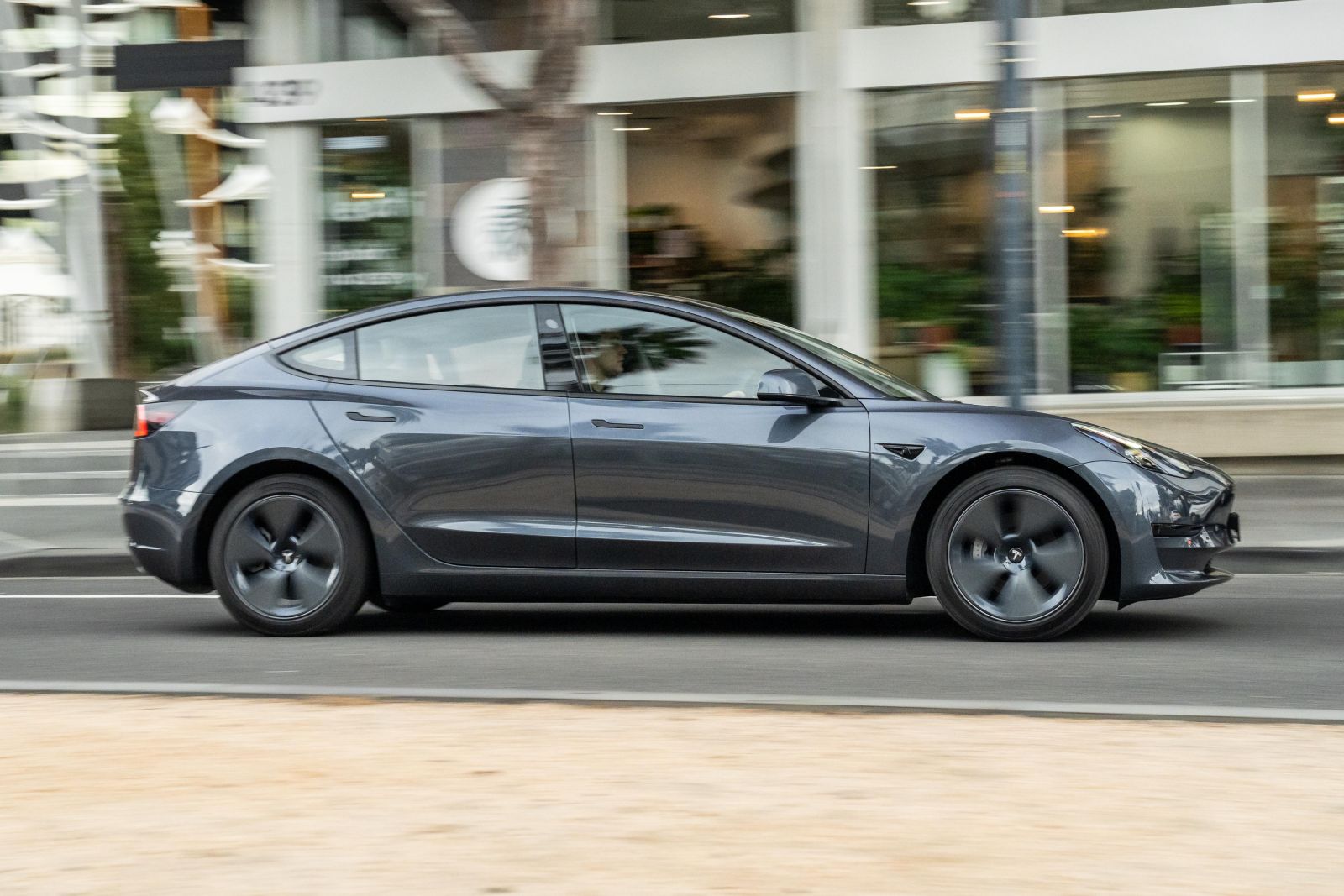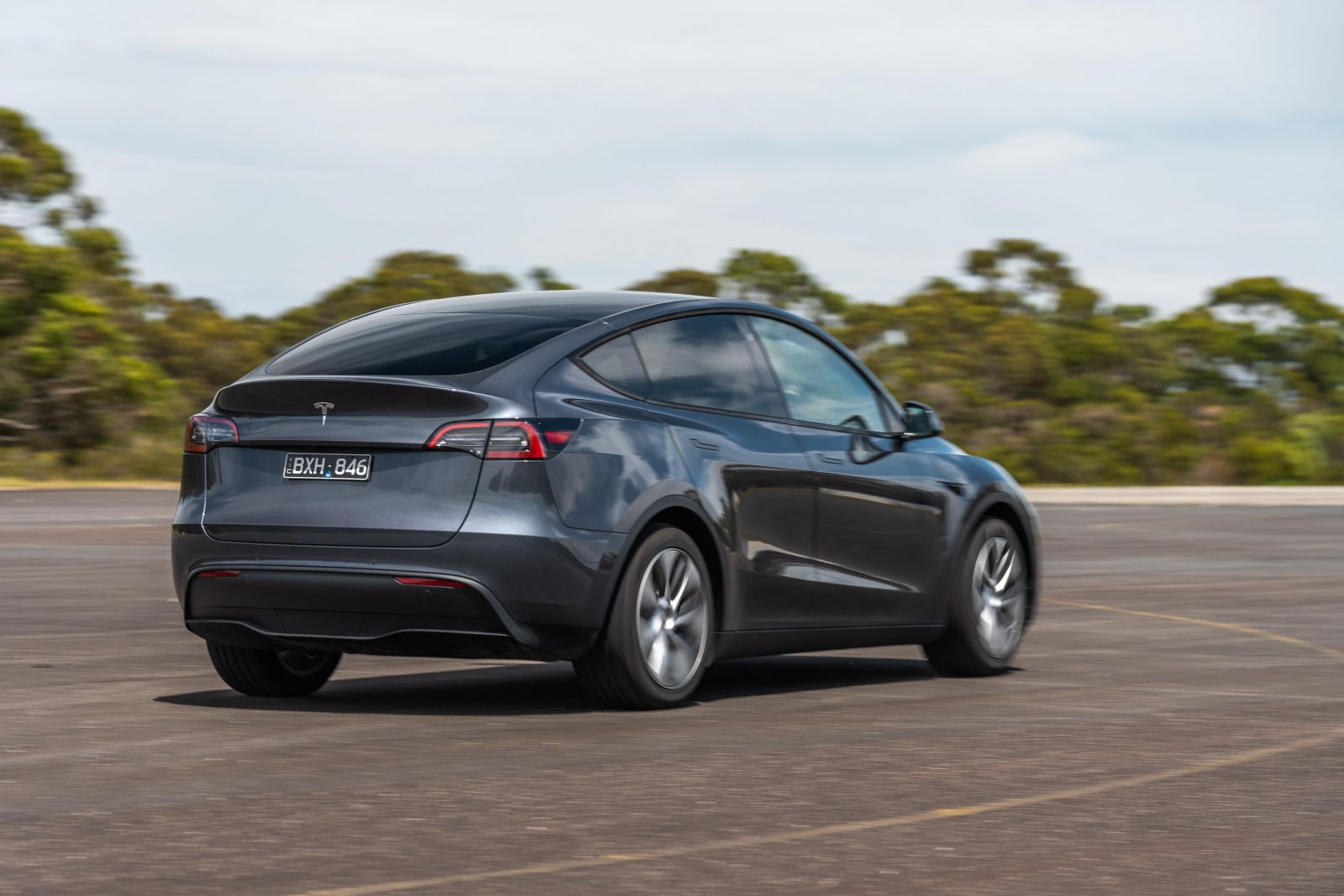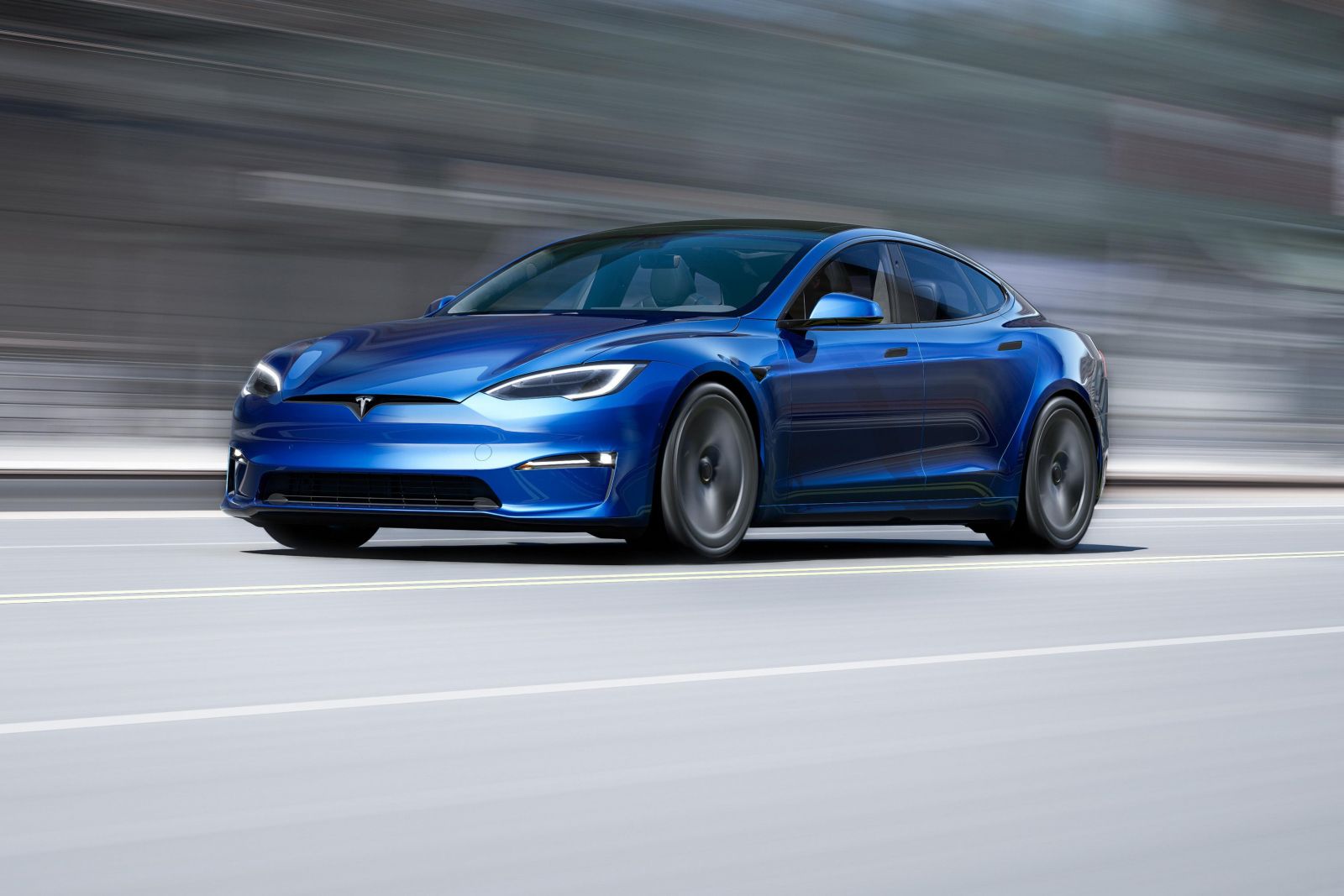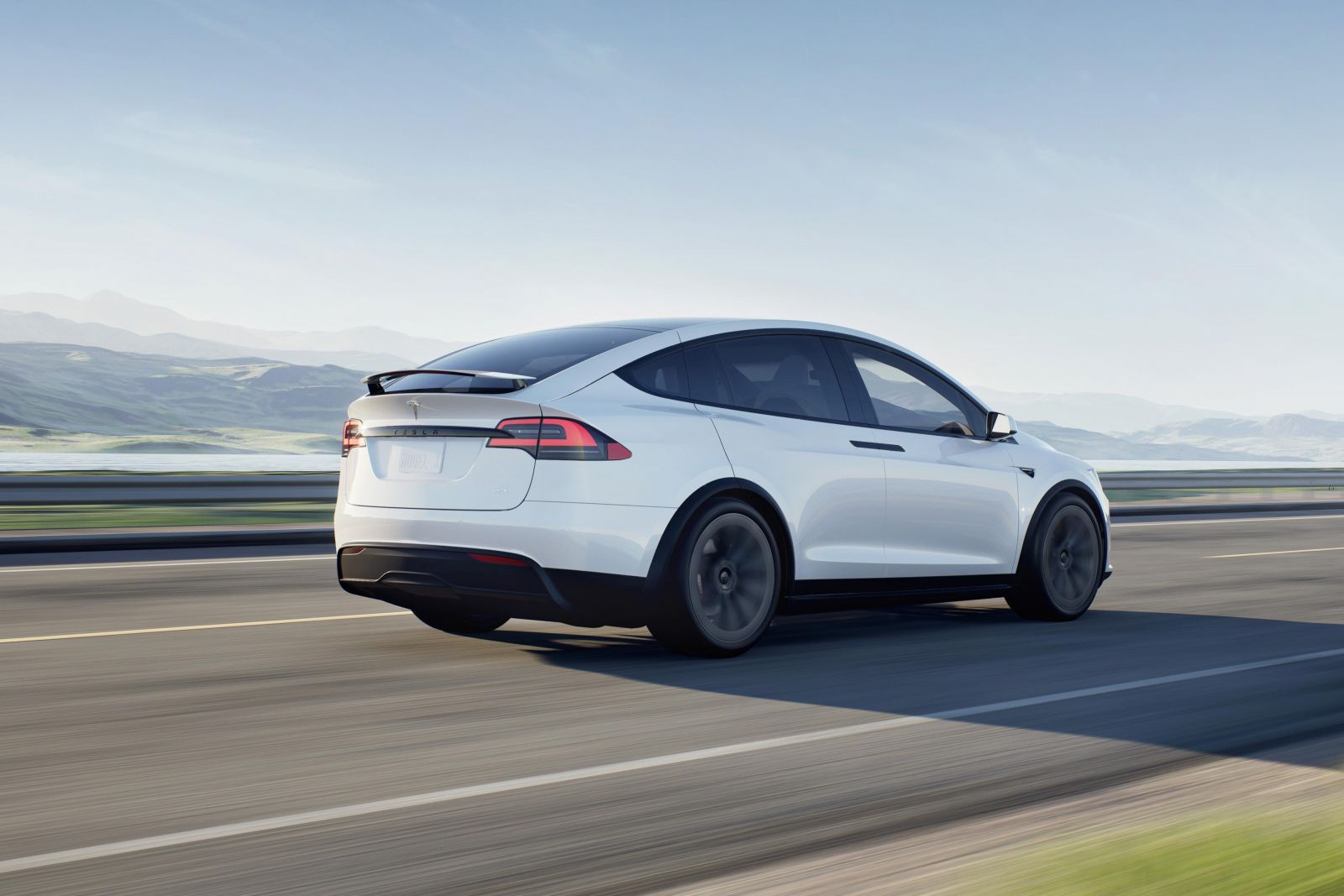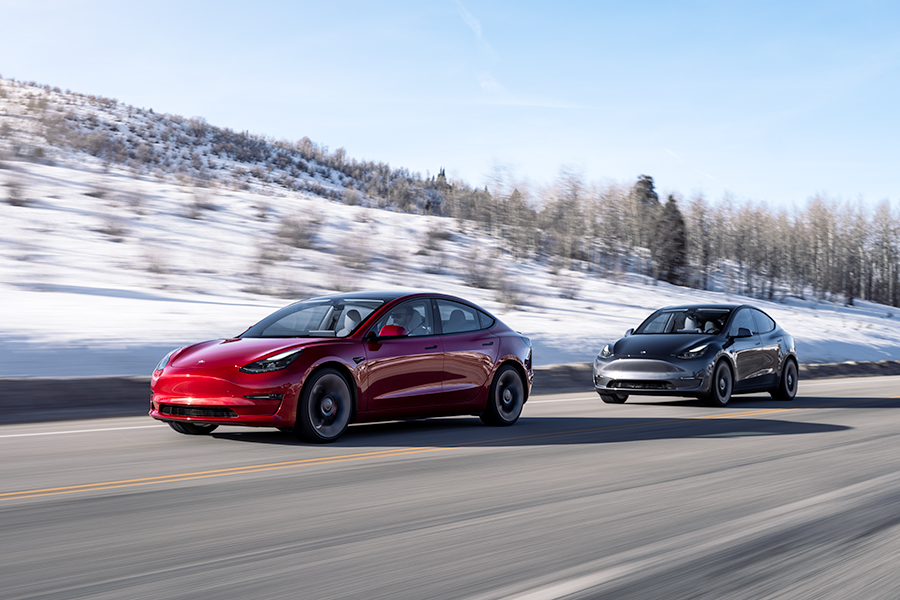In another headache for Tesla, its CEO Elon Musk has been ordered by a California judge to testify under oath about statements he made regarding Autopilot.
Reuters reports Tesla had opposed the request in court filings, claiming Musk couldn’t recall details about statements he was claimed to have made.
In addition, the company cited an unusual reason for its CEO to not be ordered to testify.
“Like many public figures, [Musk] is the subject of many ‘deepfake’ videos and audio recordings that purport to show him saying and doing things he never actually said or did,” the company said.
The lawsuit was filed by the family of Walter Huang in Santa Clara Superior Court.
Mr Huang, an Apple engineer, died in a car crash in 2018, and the family argues Tesla’s Autopilot driving software failed.
Tesla contends its system wasn’t at fault and that Mr Huang disregarded vehicle warnings and was playing a game on his phone before the crash.
Judge Evette Pennypacker’s ruling was tentative, with a hearing set for before the end of the week to determine whether Musk must sit for a three-hour deposition.
She called Tesla’s arguments troubling.
“Their position is that because Mr. Musk is famous and might be more of a target for deep fakes, his public statements are immune,” Judge Pennypacker wrote.
She added such arguments would allow Musk and other famous people “to avoid taking ownership of what they did actually say and do”.
Reuters reports Musk will be asked about one particular 2016 statement cited by the plaintiffs.
“A Model S and Model X, at this point, can drive autonomously with greater safety than a person. Right now,” Musk allegedly said.
The plaintiffs have also cited a 2016 promotional video that said, “The person in the driver’s seat is only there for legal reasons. He is not doing anything. The car is driving itself.”
At the time of the video’s release, Musk also tweeted, “Tesla drives itself (no human input at all) thru urban streets to highway to streets, then finds a parking spot”.
While the driver maintains a light touch on the steering, the car is shown to do all the driving, including steering, braking, and acceleration.
A Tesla engineer recently testified under oath “the intent of the video was not to accurately portray what was available for customers in 2016”, with the vehicle having been loaded with 3D mapping for a predetermined route.
The intent, instead, was “to portray what was possible to build into the system” said Ashok Elluswamy, then a senior engineer on the Tesla Autopilot program.
The Autopilot and Full Self-Driving Level 2 autonomous driving features have been making headlines of late.
The National Highway Traffic Safety Administration, a US regulator, has two active investigations underway into the system, one of which is in the engineering analysis stage and is looking at crashes with stationary emergency vehicles, while the other is looking at phantom braking reports.
The agency confirmed it’s investigating the 17th fatal crash involving Autopilot, after a Model S collided with a parked fire truck in Contra Costa County, California in February.
Shareholders also recently filed a proposed class action suit against Tesla in federal court in San Francisco, arguing they had been defrauded by the company with false and misleading statements on technology that “created a serious risk of accident and injury”.
Tesla is also reportedly the subject of a US Department of Justice probe, reportedly examining whether Tesla misled consumers, investors, and regulators by making unsupported claims about the capability of its driver assist technology.
In one reprieve for Tesla, a California jury found in favour of Tesla earlier this month in a case involving its Autopilot system.
The jury rejected claims from the plaintiff, Justine Hsu, that her Tesla Model S’s Autopilot system didn’t perform safely and awarded her zero damages.
This was believed to be the first trial relating to a crash where Autopilot was active, and legal experts say that while the verdict isn’t binding in other cases, it could help shape the strategies of other plaintiffs’ legal teams.
Jurors said they believed driver distraction was to blame, and that Tesla had clearly warned its Level 2 system was not driverless technology.
MORE: Poor culture at Tesla led to ‘unsafe’ technology – report
MORE: California jury finds against plaintiff in Tesla Autopilot case
MORE: Tesla under US criminal investigation for self-driving claims – report
MORE: Tesla engineer admits 2016 self-driving video was staged
MORE: Tesla vehicles not ready to be approved as fully autonomous
MORE: Teslas temporarily losing functions with removal of sensors
MORE: Class action lawsuit launched against Tesla’s Autopilot, Full Self-Driving claims

